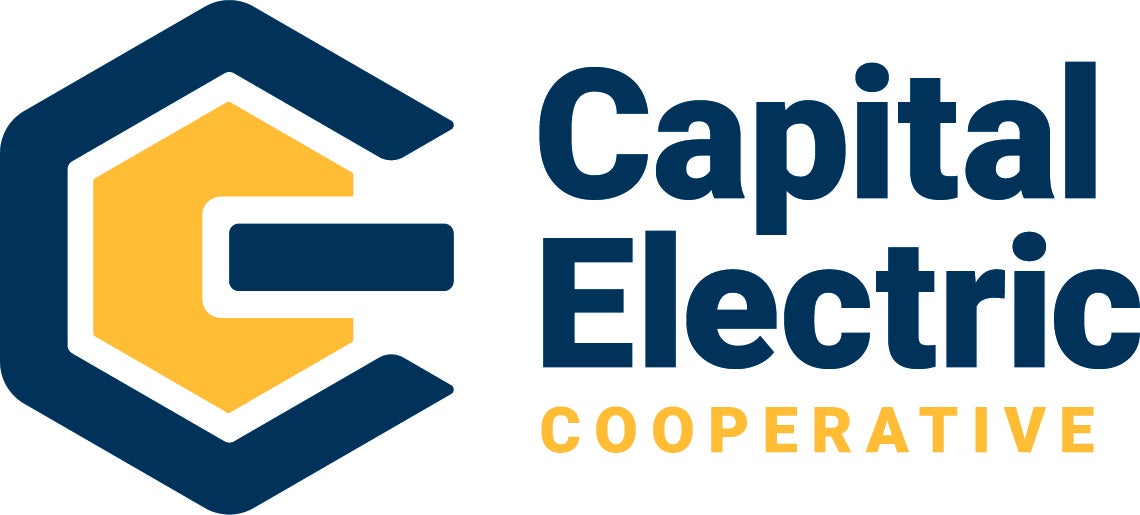Employee’s expertise could help freeze Alaska’s melting permafrost
BY KRISTA RAUSCH
Kurt Fleck and Josh Schaffner are on a mission to save Alaska, and they hope to accomplish it using a common resource in an uncommon way.
Alaska is sinking, and it’s a real threat. According to the Alaska Department of Natural Resources, permafrost is found beneath nearly 85% of the Frontier State. Defined as ground that has remained frozen through the heat of at least two summers, permafrost is a far-north phenomenon that is slowly disappearing under much of the state.
With recent warming air temperatures, Alaskans are noticing not only the occasional hole, but an overall sinking of the ground as water freed from permafrost drains away. And thawing permafrost is more than a headache for locals. A major hazard of warming and thawing permafrost is that ground ice degrades, and the soil surface collapses.
“Buildings and roads are set up on permafrost, and if it collapses, it could be a big catastrophe,” Schaffner says. In November, Fleck, CEO of Prairie Plains Professional Services, and Schaffner, Capital Electric Cooperative (CEC) energy services manager, traveled to Alaska to visit the U.S. Army Corps of Engineers’ Permafrost Tunnel Research Facility (PTRF). Excavated in the 1960s, the facility is comprised of a series of tunnels that are used to study permafrost, geology, ice science,
and mining and construction techniques specific to permafrost environments.
“When you see the ice formations inside of the tunnel, you can understand their concern,” Schaffner says. “When you see how much of it has already melted back, you can understand why they are trying to come up with some sort of solution — if not to stop it, to at least slow it down.”
Schaffner and Fleck will be working with the research team to identify that solution. Earlier this year, Fleck signed a contract to assist the team on a geothermal energy project that, if successful, could be adapted for use in other areas of the state or even the world. He immediately brought Schaffner on board.
“The gentleman that I wanted to drag along into that type of contract is Josh, because of his expertise,” Fleck says. “It was a no brainer for me to have him come along and be a part of it, as long as Capital Electric was OK with it.”
The project focuses on drawing heat from the warming earth around the tunnel entrance and transferring it to another location. What sets it apart from other geothermal projects is that the primary goal is to keep the soil around the tunnel entrance frozen.
“We're going to have sensors in the soil, and we're going to keep our machine running until it freezes,” Schaffner explains. “We’ll take the heat drawn from that location and put it somewhere else. Initially, it's going to heat a visitors’ center and potentially another shack. And then, they have another large building they plan to build. That's where we're going to be trying to get rid of the heat. We're going to be making more heat than they need — the buildings aren’t big enough to utilize it all — but we need
to keep the tunnel entrances frozen. Part of our goal is finding a good use for the excess heat.”
The team is currently in the design and planning phase. Fleck and Schaffner hope to return to Alaska next summer to begin work on the project, which is being designed by a local mechanical engineer, Jim Tyler, EAPC Architects Engineers.
“[Tyler’s] going to finish the design with his team, and then he and I are going to sit down and start organizing the equipment and shipping everything we need to have up there. And then, the team in Alaska will let us know when we can get started based on the weather,” Fleck says.
It’s not the first project Fleck and Schaffner have worked on together — the two men have teamed up on projects across North Dakota and as far away as Abu Dhabi — but it might be the one with the biggest impact.
“One design is able to do all of this, and it takes a fraction of the resources,” Schaffner says. “We're going to be able to heat a building, cool a tunnel and make as much hot water as they can possibly need with our geothermal equipment. So, hopefully, it will open some eyes to what this particular piece of science is capable of doing.”
